As domesticated animals, dogs are naturally inclined to form social hierarchies within their packs. Various factors such as age, size, sex, and temperament often influence these hierarchies.
As a result, it’s not uncommon for households with multiple dogs to experience conflicts that stem from power struggles among their furry companions. In such instances, it becomes crucial to determine which dog holds the alpha position to prevent escalating aggression and promote harmony within the pack.
However, identifying the alpha dog is not always easy, especially for pet owners new to the idea of pack dynamics. There are several behavioral cues that one can observe to determine the alpha dog. We’ve put together a complete guide on how to tell which dog is alpha.
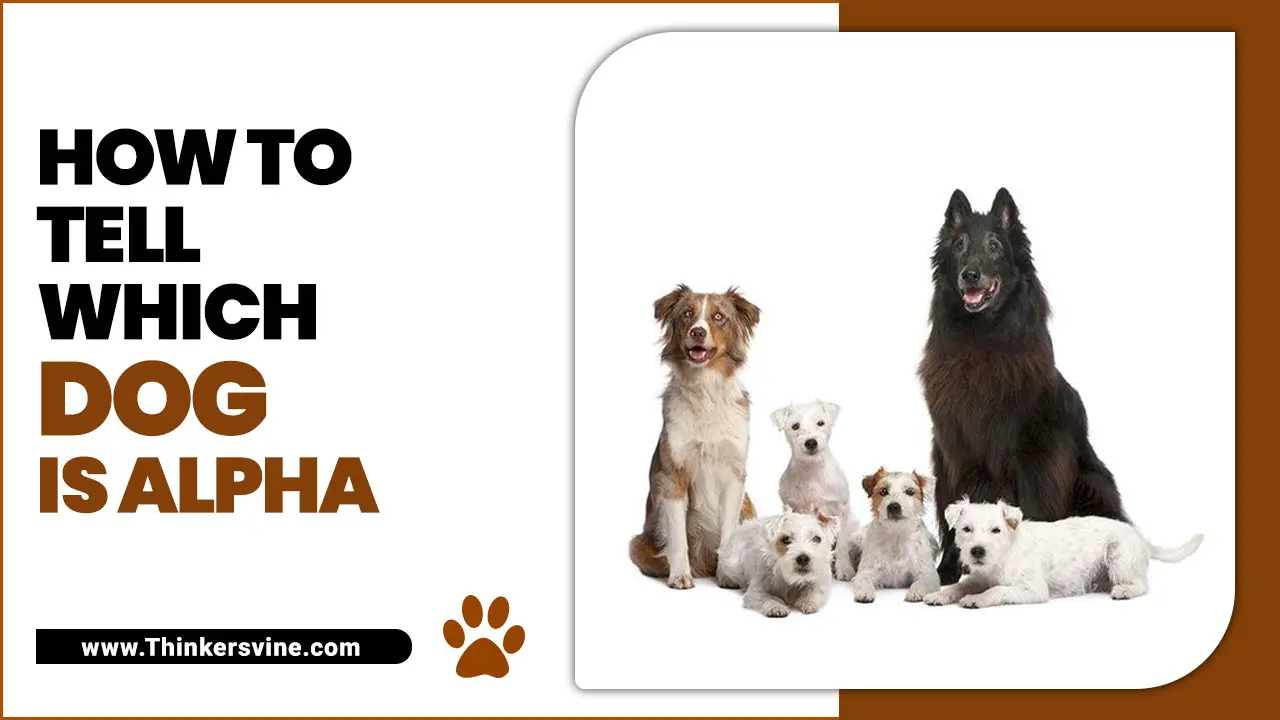
The Source Of Dominance
Determining which dog is the alpha in a pack can be a complex task. While many people believe that dominance is solely based on physical strength, it actually stems from a variety of factors. One of the main sources of dominance is confidence. People often see dogs that display assertive and self-assured behavior as the alpha.
Additionally, social skills play a role in determining hierarchy within a pack. Dogs that are adept at reading and responding to social cues are more likely to establish themselves as the alpha.
It’s important to note that dominance can also be fluid within a group, and different dogs may exhibit alpha behavior in different situations. By understanding the various sources of dominance, owners can gain insight into their dog’s behavior and establish a harmonious pack dynamic.
Identifying The Leader Of The Dog Pack
Identifying the leader of the dog pack can be important for understanding the dynamics and hierarchy within a group of dogs. It’s important to note that not all packs have a clear-cut alpha dog, and dominance hierarchies can vary among different groups of dogs.
If you’re unsure about the dynamics within a pack, it’s best to consult with a professional trainer or behaviorist who can provide guidance and ensure the safety and well-being of all the dogs involved. Here are some key indicators that can help you determine which dog is the alpha:
- Body Language: The alpha dog will often display confident and assertive body language, such as standing tall, holding their head high, and making direct eye contact with other dogs.
- Resource Guarding: The alpha dog may exhibit resource guarding behaviors, such as growling or snapping when other dogs approach their food or toys.
- Decision-Making: The alpha dog often makes decisions for the group, such as where to go on a walk or when to play.
- Physical Dominance: The alpha dog may assert their dominance through physical means, such as mounting or pinning down other dogs.
How To Tell Which Dog Is Alpha – 7 Easy Steps To Find Out
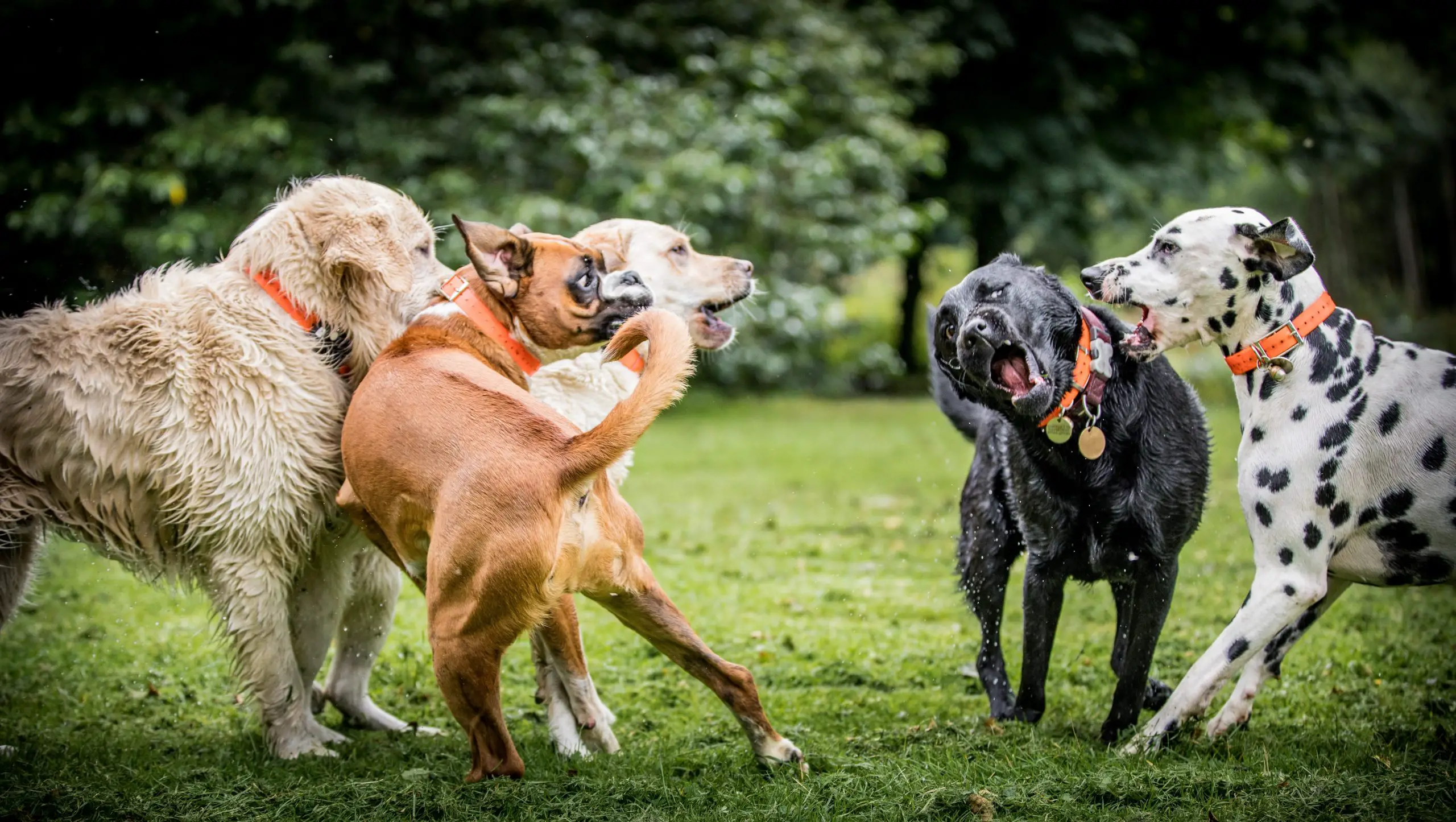
It is fairly straightforward in a pack to say which alpha dog is from puppies’ actions. So, it’s important to know how to tell which dog is Alpha. Determining which dog is the alpha in a pack can be important for understanding their behavior and preventing conflicts. A way to tell which dog is alpha is to observe their body language and behavior around other dogs.
The alpha dog will typically be the one who initiates play, eats first, and has access to resources like toys and sleeping spots. They may also assert dominance through physical posturings, such as standing tall with their tail held high or placing a paw on another dog’s back.
However, Determining which dog is the alpha in a group can be important for maintaining a peaceful and balanced pack dynamic. Here are seven easy steps to help you determine which dog holds the alpha position:
1.Observe Body Language And Posturing
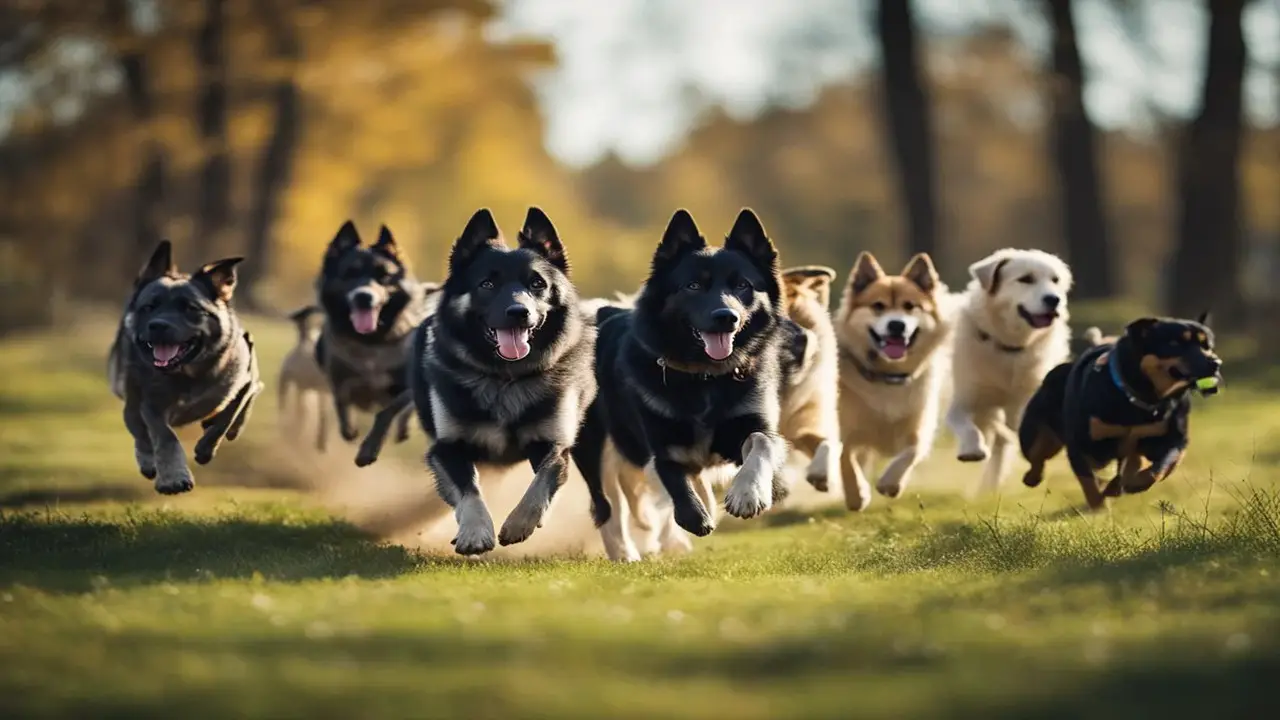
Observing their body language and posture is important to determine which dog is the alpha in a group. The alpha dog will typically display confident and assertive behavior, such as walking with a proud and upright posture, holding their tail high, and making direct eye contact.
They may also exhibit dominant behaviors, such as standing over other dogs or controlling access to resources like food or toys. On the other hand, submissive dogs will often lower their heads, avoid direct eye contact, and display more passive body language.
It’s important to note that not all dogs will exhibit clear alpha or submissive traits, as every dog has its own unique personality traits and hierarchy within a group. It’s always best to consult with a professional dog trainer or behaviorist if you have concerns about the dynamics of your dog pack.
2.Look For Signs Of Assertiveness And Dominance
When determining which dog is alpha in a pack, it is important to look for signs of assertiveness and dominance. Alpha dogs typically display confident body language, such as holding their head high and standing tall. They may also exhibit dominant behaviors, such as placing their paws on other dogs or growling when challenged.
Another indicator of alpha status is the ability to control resources, such as food or toys, and the willingness of other dogs to submit to their leadership. It is important to note that not all dogs have a clear alpha within a group, and hierarchies can vary depending on the dominant individuals and their personalities.
3.Pay Attention To Resource Guarding Behavior

One important behavior to pay attention to is resource guarding. Resource guarding occurs when a dog displays aggressive or possessive behavior over certain items, such as food, toys, or sleeping areas. The alpha dog often asserts dominance by guarding and controlling access to these resources.
Signs of resource guarding can include growling, snapping, or even biting when another dog approaches their possessions. Observing and understanding resource-guarding behavior can help you identify the alpha dog in a group and take appropriate steps to manage the dynamics within the pack.
4.Observe How Other Dogs Respond To A Particular Dog
Observing how other dogs respond to a particular dog can give clues about their position in the pack hierarchy. In the social status of dogs, the female alpha dog is typically the one whose chain of command respects and is followed by the other dogs. Watch how other dogs interact with a specific dog.
Do they defer to them or show submissive behavior? Are they hesitant to approach or challenge them? These behaviors can indicate that the dog in question holds a higher rank in the pack. However, it’s important to note that determining alpha status is not always clear-cut and can depend on various factors such as context and individual personalities.
5.Notice Who Initiates Play And Sets Boundaries
When determining which dog is the alpha in a group. One key factor to observe is who initiates play and sets boundaries. The alpha dog is typically the one who takes charge and decides when and how playtime will happen.
They may also be the first to establish boundaries by correcting other dogs’ undesirable behavior or asserting their dominance. Pay attention to which dog seems to have the most control over play interactions and consistently enforces rules. This can give you insight into the hierarchy of dominance within the group and help you identify the alpha dog.
6.Consider The Age, Size, And Breed Of The Dogs Involved
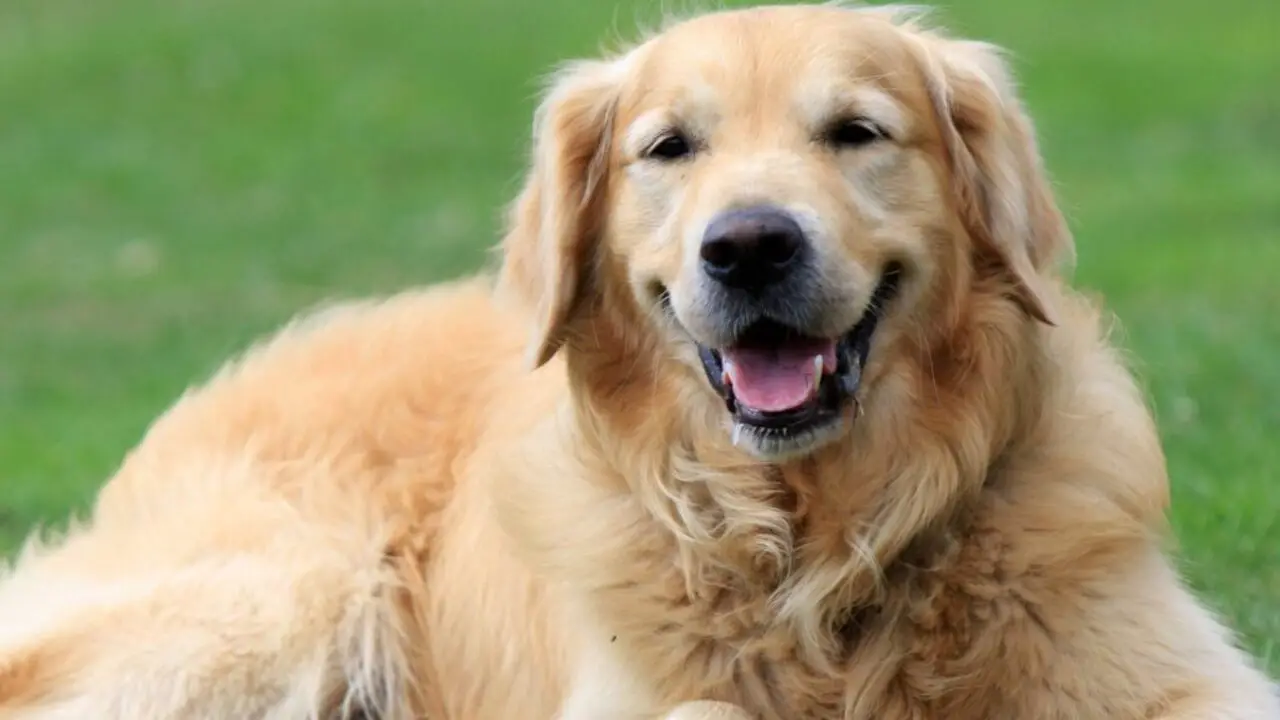
When determining which dog is the alpha in a group, it is important to consider several factors, including age, size, and breed. Older dogs tend to have more dominant personalities and may assert themselves as the alpha. Additionally, larger dogs may have a physical advantage over smaller dogs, which can influence their elevated position in the pack hierarchy.
Breed can also play a role, as certain breeds are popular to be more dominant or assertive than others. However, it is important to note that alpha status can also be influenced by individual personalities and socialization experiences. It is always best to observe dog interactions and consult a professional if you have concerns about pack dynamics or aggression.
7.Seek Professional Guidance If Unsure Or If There Are Aggression Issues
If you are unsure which dog is alpha in your pack or if there are aggression issues among your dogs, it is always best to seek professional guidance. A professional dog trainer or behaviorist can assess the dynamics within your pack dogs and provide expert advice on establishing a clear hierarchy and addressing any aggression issues.
They will be able to observe the dogs’ behaviors, body language, and interactions to determine which dog is exhibiting dominant behaviors and how to manage the situation effectively. It is important to prioritize the safety and well-being of all dogs involved and seek professional help when necessary.
How To Figure Out Which Of The Two Alpha Dogs
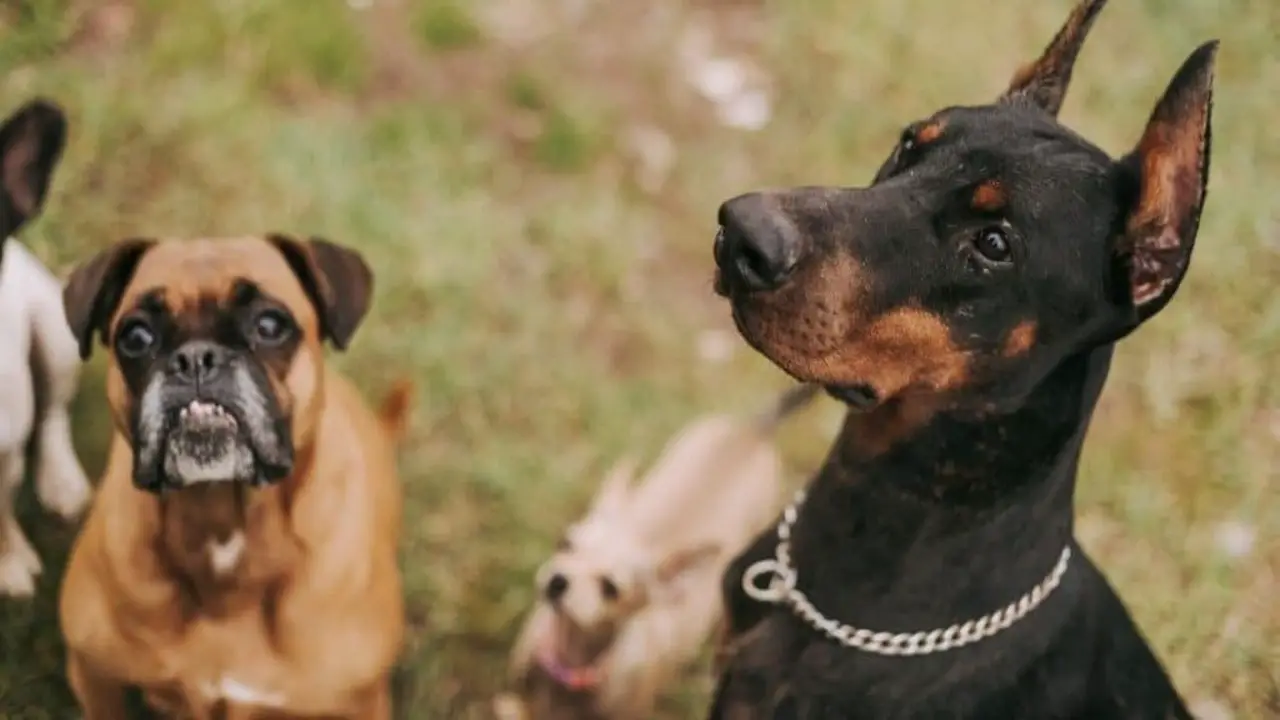
Determining which dog is the alpha leader in a household can be important for maintaining a peaceful and balanced pack dynamic. If you have two dogs that are both displaying dominant behaviors. It can be challenging to figure out which one is truly the alpha.
One way to determine this is to observe their interactions when resources are scarce. Such as during mealtime or when receiving attention from their owner. The alpha may be the dog consistently accessing resources and attention first. The alpha dog may also display more confident body language and posture, such as standing tall with a high head.
However, it’s important to note that determining the alpha dog should not be used as an excuse. For aggressive or dominating behavior towards other dogs or humans. Proper training and socialization are key to creating a harmonious pack code dynamic.
Why The Alpha Roll Can Be Damaging To You And Your Dog
The alpha roll is a technique in which dog trainers usually use the dog’s neck to force it into a submissive position; usually. When they want the dog to perform a behavior they don’t like. The dog overcomes this by arching its back and twisting its head down so that one side of its face sticks out while the other stays hidden.
However, this “domestication response” often damages dogs and can lead to long-term problems. Because of this, they are naturally built to be aggressive and active with each other; it’s just who they are.
However, as dogs evolved into domesticated animals and became more in contact with humans, they lost many of their instincts. The alpha roll began as a natural defensive response to threats that posed an immediate danger. Still, it has become an excessive and damaging behavior used to enforce submission during training.
Dogs And Pack Mentality In The Household
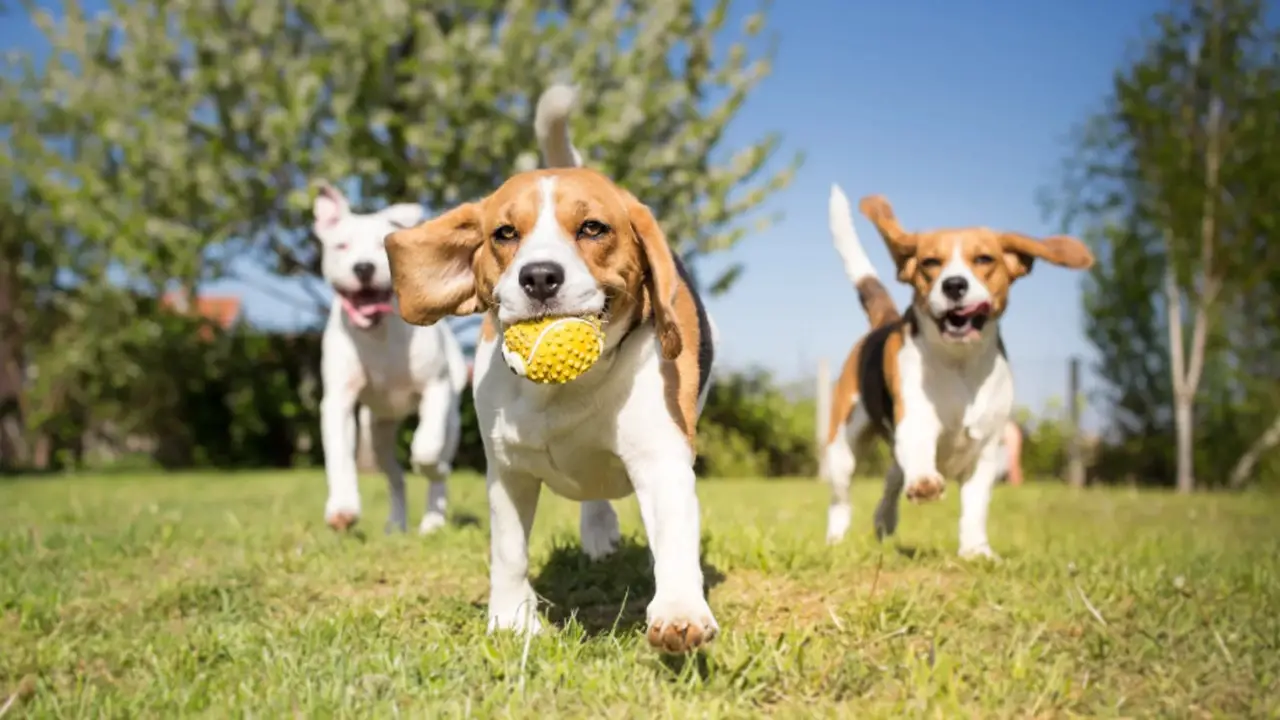
Providing leadership for a pack is a crucial part of an animal’s behavioral repertoire. Dogs are no exception to this rule, and the dog’s innate ability to “herd” other members. Its pack makes them the most compatible companion animals to human beings.
Research continues as scientists study how dogs perceive their human companions and how they act toward their owners. They have found that dogs behave differently with different people, just like children do with different humans. Different dog owners will be treated differently by their dogs as well.
Dogs can distinguish individual humans from each other as well. They can even sense if a person is unduly aggressive behavior or is in the mood for a friend. But the most useful thing dogs do for their owner is protect those vulnerable.
Are Your Pack Alpha Dog Having Behavior Issues?
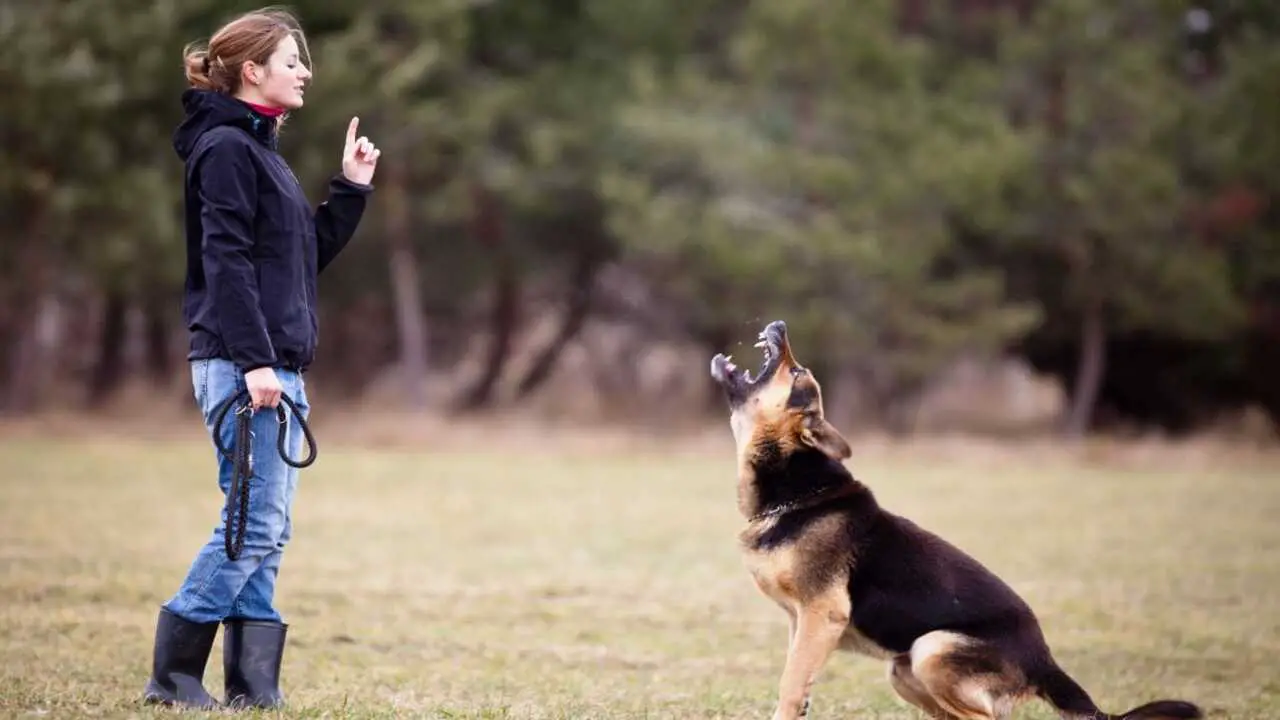
It is important to recognize that the concept of an “alpha” dog has been largely debunked, and instead. Viewing dogs as individuals with unique personalities and behaviors is more accurate. However, if you are experiencing instinctive behavior issues within your pack, such as aggression or possessiveness. Observing their interactions and identifying any patterns or triggers may be helpful.
This can help you understand which dogs need additional obedience training or management to address these issues. Additionally, seeking guidance from a professional trainer or behaviorist can provide valuable insights and strategies for managing your pack’s dynamics. Remember, every dog is different and requires individual attention and care to ensure a happy and healthy life.
Conclusion
An alpha dog is not inherently a problem unless he exaggerates his alpha status by performing or disregarding his pack members. Beta dogs are often in an entire pack and are often demanding and sometimes rough and bossy to subordinate pets.
In any case, you must relax your waters as an alpha. When you get alpha and are known as alpha, the dogs can collapse as secondary pack members perfectly. Note the alpha is a trustworthy leader who has been hunting for life’s needs.
Food, water, housing, defence, lounges, and even retribution of alpha are required. The actions of alpha dogs should not be mistaken for beta behavior. Become a leader; your dogs can naturally excel in every social animal kit place they suit. We hope now you know how to tell which dog is alpha.
FAQs
[rank_math_rich_snippet id=”s-86a47f70-6736-40bc-814b-d92e2682f931″]